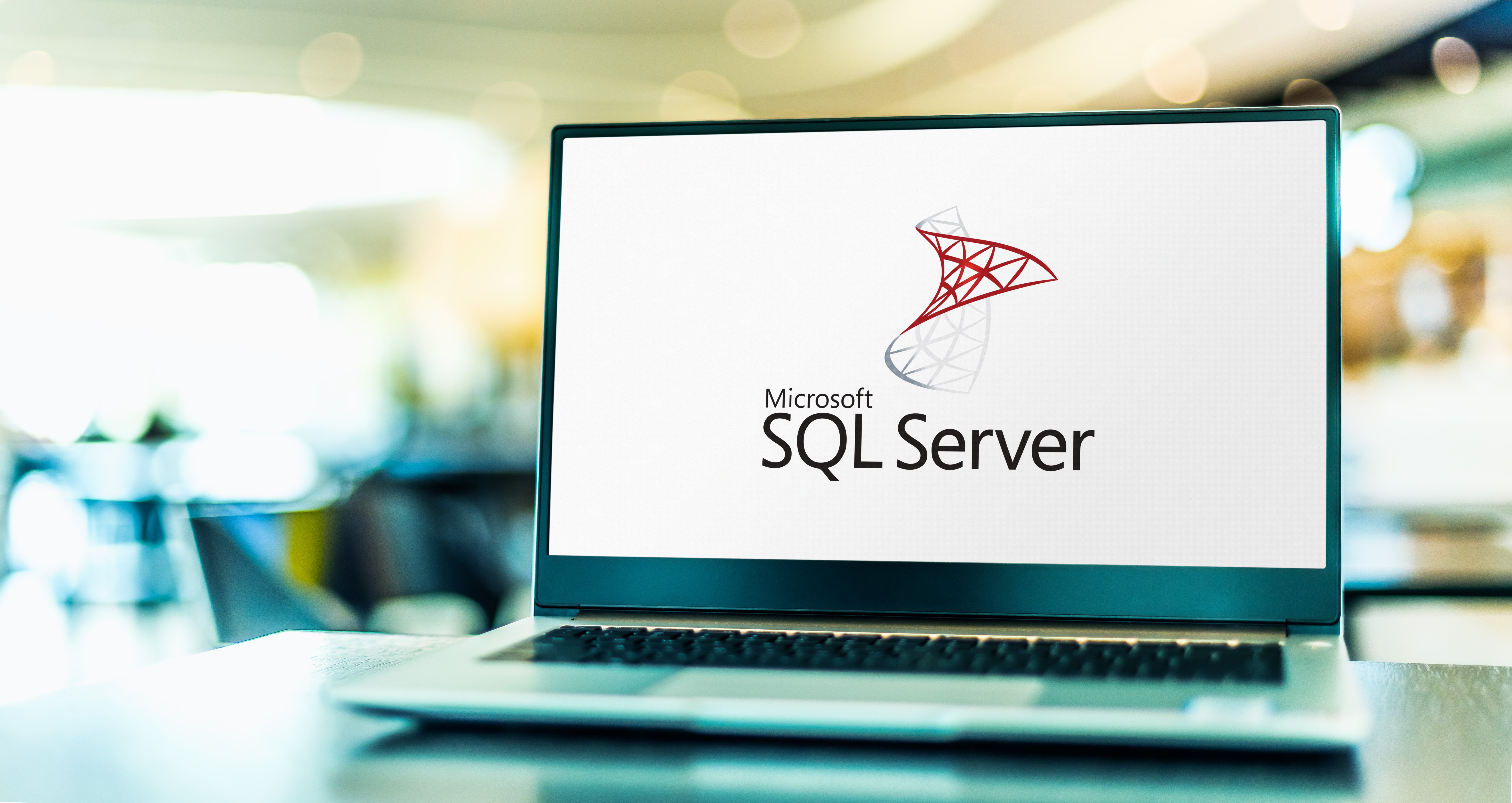Understanding Extended Security Update Options for Windows Server 2012
Windows Server 2012/R2, a cornerstone of server operating systems, reached its end-of-life on October 10, 2023. This cessation of regular...
2 min read
Dave Rowe Jul 18, 2024 1:04:08 PM

July 9th, 2024 marked the end of support (EOS), for SQL Server 2014 following that of Windows and SQL Server 2012 in the past few years. This end of support deadline provides organizations an opportunity to assess their business needs and in turn review their options.
As we mentioned in a March 2023 blog, end of support means customers running SQL Server 2014 will no longer be provided support, non-security updates, bug fixes, security updates, and technical content updates for these two systems will be unavailable. Without Microsoft's security updates and help, this can expose organizations to security threats and compliance issues.
Understanding your choices and the necessary steps to ensure the security and compliance of your organization’s essential systems is imperative. Below we review several options organizations should consider.
Extended Security Updates (ESU) are available to purchase through volume licensing via a Microsoft Cloud Solution Provider partner like CloudServus, or as of September 2023 can be enabled via Azure Arc. Opting for ESU is a feasible short-term solution to maintain security compliance. Relying on these updates, however, for an extended period can become more costly than upgrading to the latest server version, which offers enhanced features and full support.
Transitioning to the newest version of Microsoft SQL is one of the quickest solutions to the end of support issues. It will provide organizations with the most secure SQL Server version to date as well as access to industry-leading performance and availability. SQL Server 2022 supports data storage solutions that are both on-premises and in the cloud, providing organizations with flexible options. You can learn more about SQL Server 2022 capabilities and try it out here.
By shifting your data to Azure, your organization can benefit from enhanced security, as well as increased scalability, performance, and availability. And the best part is that by moving workloads to Azure, it eliminates the need for large hardware investments, giving your organization the flexibility to scale resources as required. You can save even more money by optimizing your Azure spend using Azure Reservations, Azure Savings Plan, and Azure Hybrid Benefit.
CloudServus is here to help you figure out which cost savings measures make sense for your organization. We offer discounts on Azure services and can help you save money in other ways as well. We are experts at analyzing cloud environments to uncover areas of opportunity for substantial cloud savings through our Azure Cost Optimization, and once your organization is ready help you build out a successful FinOps strategy.
With SQL Server 2014 now in its post-support phase, it's essential to explore your options for maintaining system security and functionality. Whether you choose to upgrade your SQL Server environment, migrate workloads to cloud solutions like Azure, or consider SQL Server ESU, partnering with an expert like CloudServus can ensure you make the best decision. Our team can assess your infrastructure and provide tailored recommendations based on our evaluation and your specific needs. Reach out to us today to begin the conversation!

Windows Server 2012/R2, a cornerstone of server operating systems, reached its end-of-life on October 10, 2023. This cessation of regular...

End-of support (EOS) for Microsoft’s SQL Server 2012 was enacted on July 12, 2022, and a recent announcement indicates Windows Server 2012/R2 will...

Happy New Year! 2024 is upon us, so we want to catch you up on the major product announcements and licensing updates from the last few months of 2023.